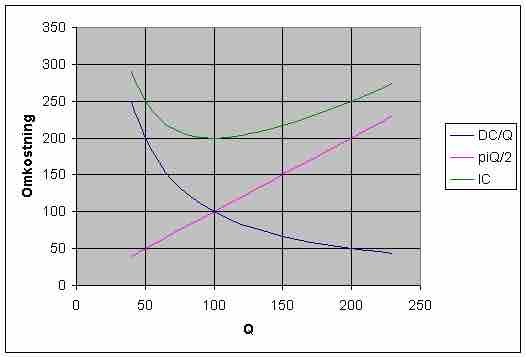Inventory management is primarily about specifying the size and placement of stocked goods. Inventory management is required at different locations within a facility or within multiple locations of a supply network to protect the regular and planned course of production against the random disturbance of running out of materials or goods.
The scope of inventory management also concerns the fine lines between replenishment lead time, carrying costs of inventory, asset management, inventory forecasting, inventory valuation, inventory visibility, future inventory price forecasting, physical inventory, available physical space for inventory, quality management, replenishment, returns, and defective goods and demand forecasting. Balancing these competing requirements leads to optimal inventory levels, which is an on-going process as the business needs shift and react to the wider environment.

Inventory control
Inventory control - inventory cost elements (holding cost, order cost, total)Parameters: Order-cost (C) 10, demand (D) 1000, holding cost (i) 20% (of price), price (p) 10 => EOQ = 100
Excessive inventory means the firm has idle funds which earn no profits for the firm. In addition, excessive inventory incurs extra handling costs and holding costs. However, it is not well advised for the firm to keep low inventory levels, since inadequate inventory means the firm does not have sufficient raw materials for production. When items are required on a breakdown basis and find out that there is not enough stock as a result of reducing it, this could lead to loss of production. Inadequate inventory also means not ample goods to sell. The company, as a result, faces the risk of losing customers to competitors.
Inventory management will be more complicated as moderate inflation and seasonality gets involved. Inflation encourages the firm to purchase more inventory, exposing them to excessive inventory. Without an accurate sales forecast, companies operating in sectors affected by seasonality face shortage during high time and excess of inventory during low time of the year.